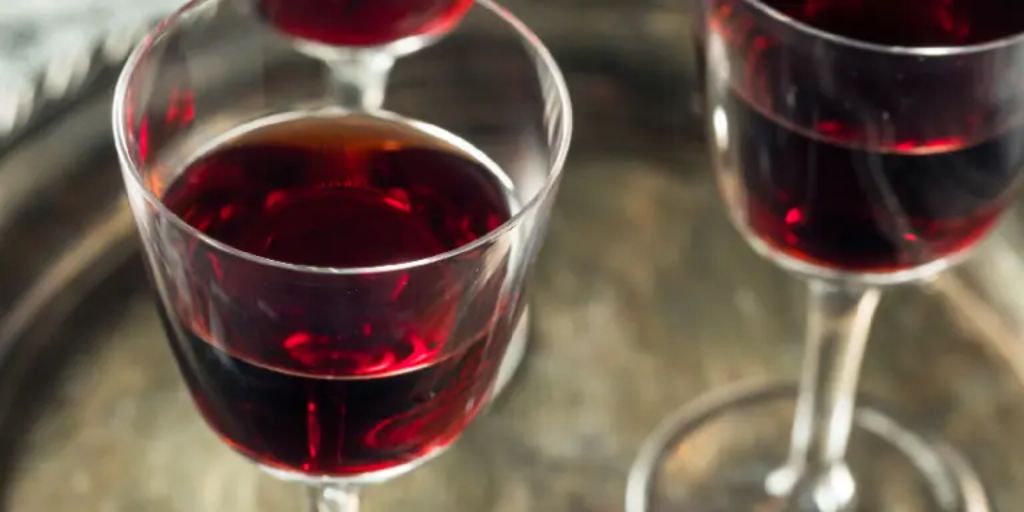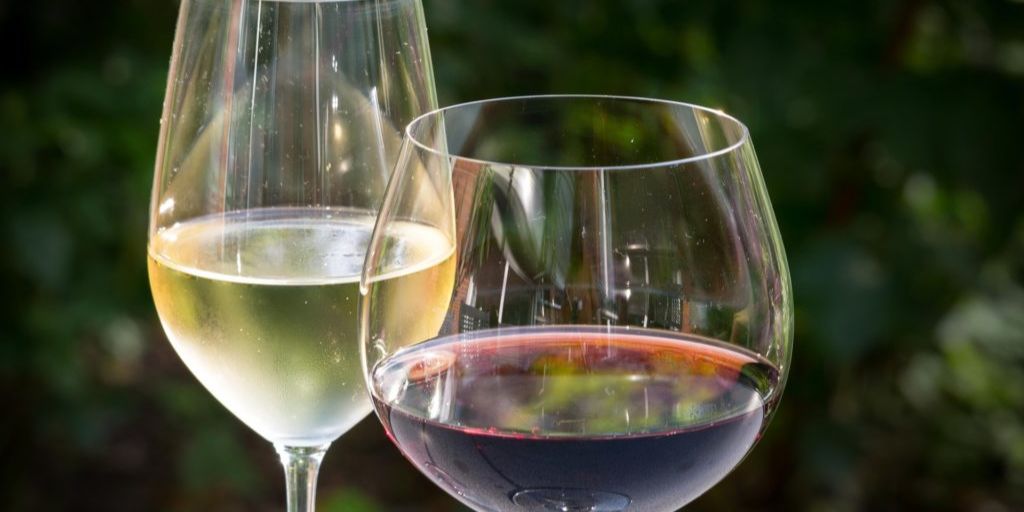If you’ve ever browsed a wine menu or asked for a recommendation, chances are you’ve heard the terms “sweet” and “dry.” But what do they actually mean? Many people assume “dry” refers to a wine that makes your mouth feel puckered, while “sweet” seems self-explanatory. However, the distinction goes deeper than just taste. Let’s unpack what really sets sweet and dry wines apart and how to choose between them.
What Do “Sweet” and “Dry” Mean in Wine?
At its core, the difference between sweet and dry wine comes down to sugar content. During winemaking, yeast ferments grape juice by consuming sugar and converting it into alcohol. If the fermentation is stopped before all the sugar is consumed, some of that natural grape sugar remains in the finished wine. This leftover sugar is known as residual sugar (RS).
-
Sweet wine: Contains noticeable residual sugar. You’ll taste obvious sweetness, as in dessert wines or some Rieslings.
-
Dry wine: Has little to no residual sugar, typically less than 1 gram per liter. Any sweetness you perceive comes from fruit flavors, not actual sugar.
In between, you’ll find off-dry or semi-sweet wines, which have a touch of residual sugar but aren’t overtly sweet.
Common Sweet Wines
-
Moscato: Light, fruity, and distinctly sweet, often with low alcohol.
-
Riesling: Can range from bone dry to very sweet; German Rieslings often showcase this spectrum.
-
Port and Sherry: Fortified wines that are rich, sweet, and high in alcohol.
-
Sauternes: A famous sweet wine from Bordeaux made from grapes affected by noble rot, giving it honeyed richness.
-
Ice Wine: Made from grapes naturally frozen on the vine, resulting in intense sweetness and acidity.
Common Dry Wines
-
Sauvignon Blanc: Crisp, zesty, and dry, with citrus and herbal notes.
-
Chardonnay: Often dry, though oak aging can add creamy richness that feels sweet.
-
Cabernet Sauvignon: Bold, tannic, and dry with dark fruit and earthy flavors.
-
Pinot Noir: Elegant, light-bodied, and dry with red fruit and subtle spice.
-
Chianti: Dry Italian red with bright acidity and cherry notes.
Why Do Some Dry Wines Taste Sweet?
It’s easy to mistake fruity wines for sweet ones. Wines can have strong fruit aromas and flavors—think peach, berry, or tropical fruit—even when they’re completely dry. This is why a wine might taste sweet but technically have no residual sugar.
Another factor is alcohol. Higher alcohol levels can add a perception of sweetness, as can certain winemaking techniques like malolactic fermentation (which softens acidity and creates a creamy texture).
Tannins and Acidity: The Balancing Act
-
Tannins: Found mainly in red wines, tannins come from grape skins, seeds, and stems. They create a drying, astringent sensation on your palate. A high-tannin wine can feel very “dry” even if it contains a hint of sugar.
-
Acidity: High-acid wines, like Sauvignon Blanc or Riesling, feel crisp and refreshing. Acidity can balance out sweetness, making a wine feel drier than it actually is.
Food Pairing: Sweet vs Dry
-
Dry wines: Pair well with rich, fatty dishes because acidity and tannins cut through heaviness. For example, Cabernet Sauvignon complements a juicy steak, and Sauvignon Blanc brightens up a goat cheese salad.
-
Sweet wines: Shine with spicy, salty, or dessert dishes. A slightly sweet Riesling balances out spicy Thai food, while Sauternes elevates creamy desserts or blue cheese.
Reading Labels and Understanding Styles
European wines (Old World) often focus on region rather than grape variety, making it tricky to gauge sweetness. For example, German Rieslings can range from dry (Trocken) to lusciously sweet (Auslese or Beerenauslese). Learning these key terms can help you navigate.
New World wines (like those from the U.S., Australia, or Chile) are more straightforward, usually labeling the grape and sometimes indicating sweetness levels.

Personal Preference and Exploring Your Palate
The best way to discover your preferences is through tasting. You might find that you love dry reds but prefer slightly sweet whites. Or perhaps you enjoy both, depending on the occasion. Trying wines side by side and noting your impressions can help clarify your tastes.
Debunking Common Myths
-
Myth: Dry wine = Bitter.
Reality: Dry simply means no residual sugar. A dry wine can still be smooth and fruit-forward. -
Myth: Sweet wines are low-quality.
Reality: Many of the world’s finest wines—like Sauternes or German Trockenbeerenauslese—are sweet and meticulously crafted. -
Myth: Only beginners like sweet wines.
Reality: Wine professionals appreciate sweetness when balanced with acidity and complexity.
How to Tell If a Wine Is Sweet or Dry
If you’re unsure, here are a few tips:
-
Ask for help: At a wine shop or restaurant, don’t hesitate to ask the staff for guidance.
-
Check the alcohol level: Higher alcohol (13% and up) often signals a drier wine, especially in whites.
-
Look at descriptors: Words like “crisp,” “zesty,” or “bone dry” usually mean no sweetness; “lush,” “fruity,” or “off-dry” hint at some sweetness.
Final Thoughts
Understanding the difference between sweet and dry wines can open up a whole new world of enjoyment and confidence when choosing a bottle. Whether you lean toward crisp, dry Sauvignon Blancs or indulgent Moscato, knowing what these terms mean helps you match your wine to your mood, meal, or occasion. The best part? There’s no right or wrong—just what tastes good to you.


